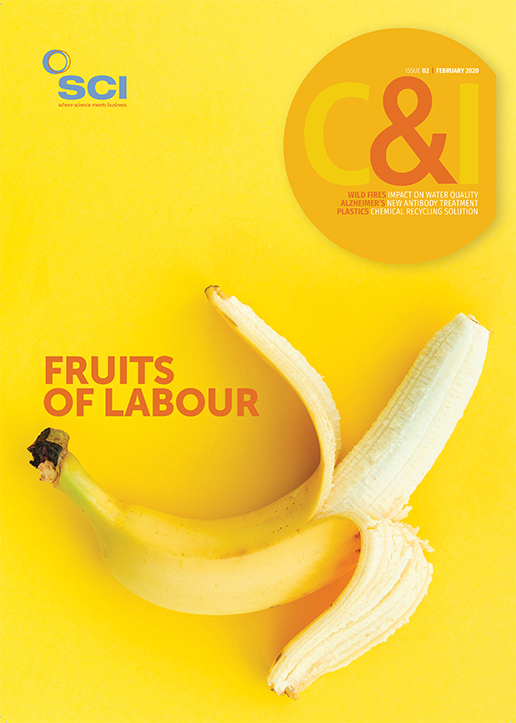The rollback of the Obama era environmental protection measures continues in the US. The 2015 Waters of the US Rule (Wotus), aka the Clean Water Rule, has been repealed, with the wording that it replaced being, essentially, restored.
Wotus defines which rivers, streams, lakes and wetlands fall under federal jurisdiction, allowing the federal government and its agencies to control what can be discharged into them. Obama’s Clean Water Rule was initially suspended in 2018, after President Trump signed an executive order instructing the Environmental Protection Agency (EPA) to repeal and replace it. Now, EPA and the Army Corps have introduced the Navigable Waters Protection Rule in its place.
Wotus underpins the Clean Water Act. This Act dates back to 1972, and includes a multitude of regulations describing who can discharge what into those watercourses deemed ‘waters of the US’, whether pesticides from farming, industrial effluent or even sewage from a water treatment works. But the Act didn’t define what constituted waters of the US.
Some are obvious: big, navigable rivers such as the Mississippi and the Ohio, or large lakes such as Lake Michigan, clearly ought to be included. The arguments pile up at the smaller scale. What about tributaries? Or the 60% of US watercourses that are dry some of the year and fill up with rain or snowmelt? The arguments even made it to the Supreme Court, with a split decision in 2006 leaving the issue no clearer – there was no consensus on whether it ought to encompass any wetlands that significantly affect the integrity of other waterways that are covered by Wotus, or should only include them if there was a continuous surface connection.
The Obama rule set something closer to a proper definition for the first time. Rivers and streams that flowed into navigable rivers were automatically included, for example, as were ponds and wetlands if they were within 100 feet of a protected waterway, or inside its 100-year flood plain. Previously, all of these had to be considered individually. And that is now the case once more.
Unsurprisingly, the 2015 Rule was heavily criticised by the farming lobby and industrial groups. They claimed it gave far too much federal control over their business. Likewise, Republicans thought it amounted to federal over-reach over something that individual states and local areas should be left to decide for themselves.
EPA Administrator Andrew Wheeler claims the new Navigable Waters Protection Rule will provide ‘much needed’ regulatory certainty and predictability for farmers, landowners and businesses to support the economy and accelerate critical infrastructure projects. ‘After decades of landowners relying on expensive attorneys to determine what water on their land may or may not fall under federal regulations, our new Navigable Waters Protection Rule strikes the proper balance between Washington and the states in managing land and water resources while protecting our nation’s navigable waters, and it does so within the authority Congress provided,’ he said.
The new definition identifies four categories of waters that fall under federal jurisdiction with the Clean Water Act: territorial seas and traditional navigable waters, like the Atlantic Ocean and the Mississippi River; perennial and intermittent tributaries; certain lakes, ponds and impoundments; and wetlands adjacent to jurisdictional waters. However, it also states that various other waters are not subject to federal control, including features that only contain water in direct response to rainfall, plus groundwater, most farm and roadside ditches, prior-converted cropland, farm and stock watering ponds, and waste treatment systems.
The Obama rule had, however, been enacted in fewer than half of the states because of ongoing legal challenges, and it is inevitable that the replacement rule will become mired in the legal system, too. It will take several years of cases being heard – and appealed – in lower courts before any case could reach the Supreme Court.
And the new definition has been slammed by environmental groups, such as the Southern Environmental Law Center (SELC), which has been heavily involved in the case. ‘The administration eliminated clean water protections to protect polluters instead of protecting people,’ says senior attorney Blan Holman, leader of SELC’s Clean Water Defense Initiative. ‘This rule is the culmination of an insider campaign to gut bipartisan protections that have safeguarded the nation’s water for decades, and will endanger the health and environment of families and communities across the entire country.’
The new Rule has, however, been welcomed by the farming lobby. ‘It achieves important regulatory oversight while allowing farmers to farm,’ said American Farm Bureau Federation President Zippy Duvall.
Despite EPA trumpeting that it had consulted widely, SELC claims that the ‘overwhelming majority’ of the comments received opposed the changes. And, it says, even EPA’s own Science Advisory Board – predominantly Trump appointees – claim that it is inconsistent with established science.
‘If allowed to stand, this bulldozing of clean water protections would be among this administration’s dirtiest, most dangerous deeds,’ Holman concludes. ‘We plan to fight them with everything we have to protect our communities and clean water.’





